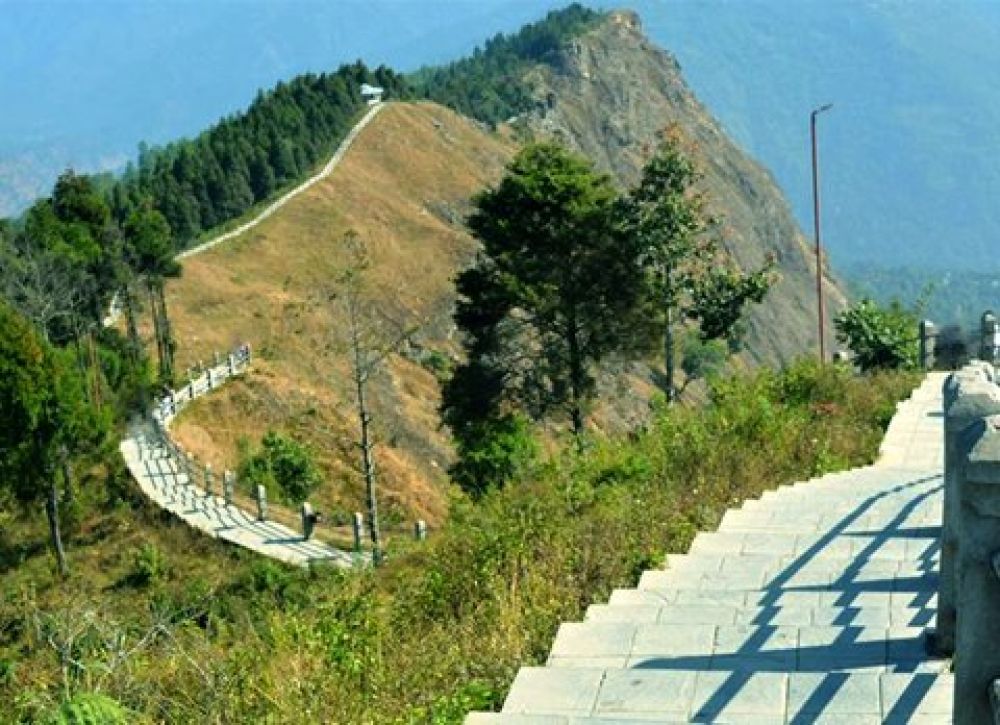

Sikkim, nestled in the northeastern part of India, has been an alluring destination for those seeking tranquility, spiritual enhancement, and untouched natural beauty. The tourism history of this region has evolved over the years, paralleling the state's gradual opening to outsiders and subsequent infrastructure developments.
Tourism in Sikkim officially began to blossom after its merger with India in 1975. Prior to that, Sikkim was a monarchy and access to the region was restricted. Post-merger, the Indian Government recognized Sikkim's potential as a tourist destination given its rich culture, diverse flora and fauna, and the captivating Himalayas, including the majestic Kangchenjunga, the third highest peak in the world.
The infrastructure developments in the 1980s and '90s, including better roads, hospitality facilities, and communication systems, have helped increase tourist footfall. In addition, Sikkim's government has been proactive in promoting eco-tourism and preserving the state's breathtaking landscapes, culture, and biodiversity.
Yuksom, historically known as the first capital of Sikkim and the 'Gateway to Kangchenjunga,' has its own unique appeal for visitors. The town holds significant religious and historical importance, being the site where the first Chogyal (king) of Sikkim was crowned in 1642.
One of the hidden gems in Yuksom is the Yangtey Viewpoint. It provides tourists with one of the most serene and panoramic views of the surrounding mountains, especially during sunrise or sunset. Despite the popularity of more frequented sites like Pelling, the Yangtey Viewpoint remains a relatively undisturbed location, perfect for tourists seeking peace and solitude amidst nature.
Over the years, Sikkim's approach to tourism has been increasingly leaning towards sustainability. The latest trends involve organic farming, sustainable village tourism, and the promotion of homestays that allow visitors to experience the authentic Sikkimese way of life. This has been coupled with adventure tourism, like trekking and mountain biking, bringing a new dimension to the state's offerings.
In recent years, there has been a rise in digital nomadism and wellness tourism, fueling demand for destinations like Yuksom that provide a conducive environment for such activities. Yangtey Viewpoint caters to this audience with its pristine surroundings and meditative ambiance.
Visitors looking to experience the splendor of Yangtey Viewpoint can make arrangements through eco-friendly travel agencies or local tour operators who emphasize minimal environmental impact. The viewpoint is accessible by road, and visitors often combine their trip with a visit to the nearby Pemayangtse Monastery and the Khecheopalri Lake, among other attractions.
While Sikkim, including Yuksom and the Yangtey Viewpoint, has become more accessible over time, it still preserves its enchanting serenity. The Sikkim Government continues to prioritize sustainable tourism practices to ensure that the natural beauty and cultural heritage of places like Yuksom remain unspoiled for generations to come.